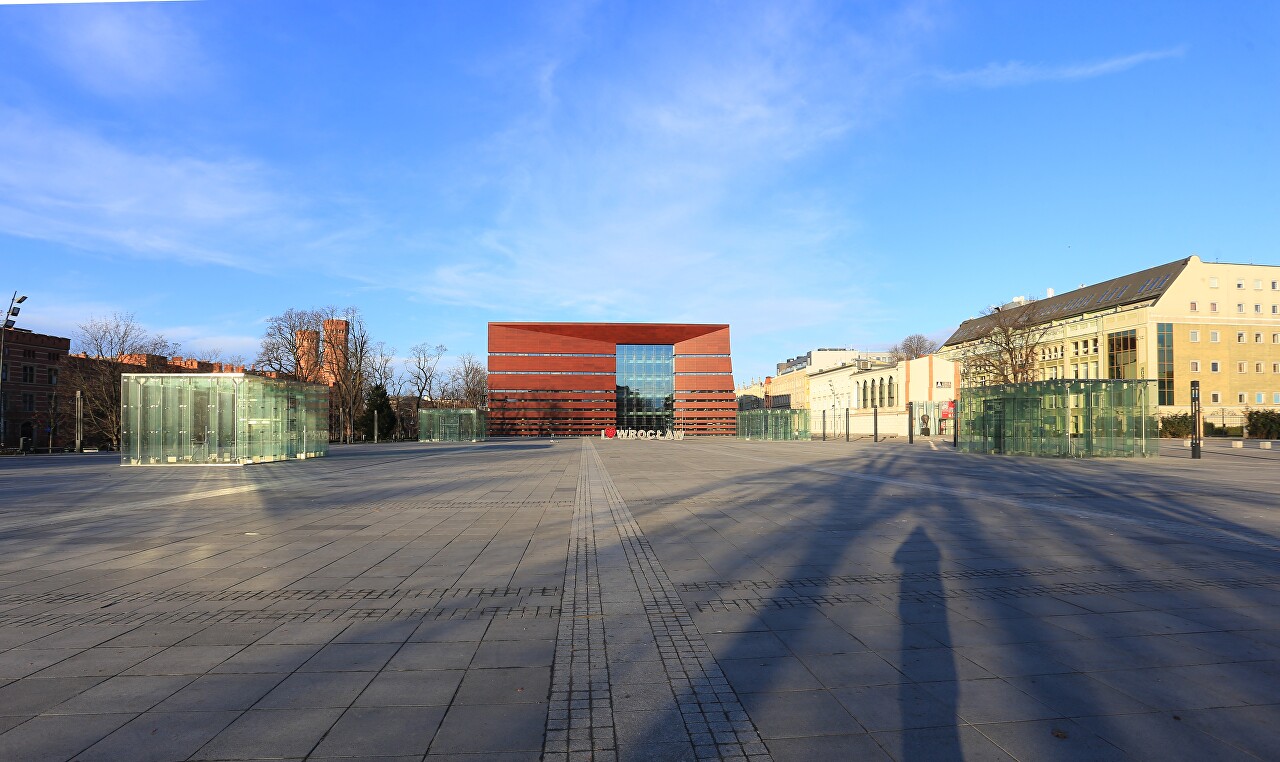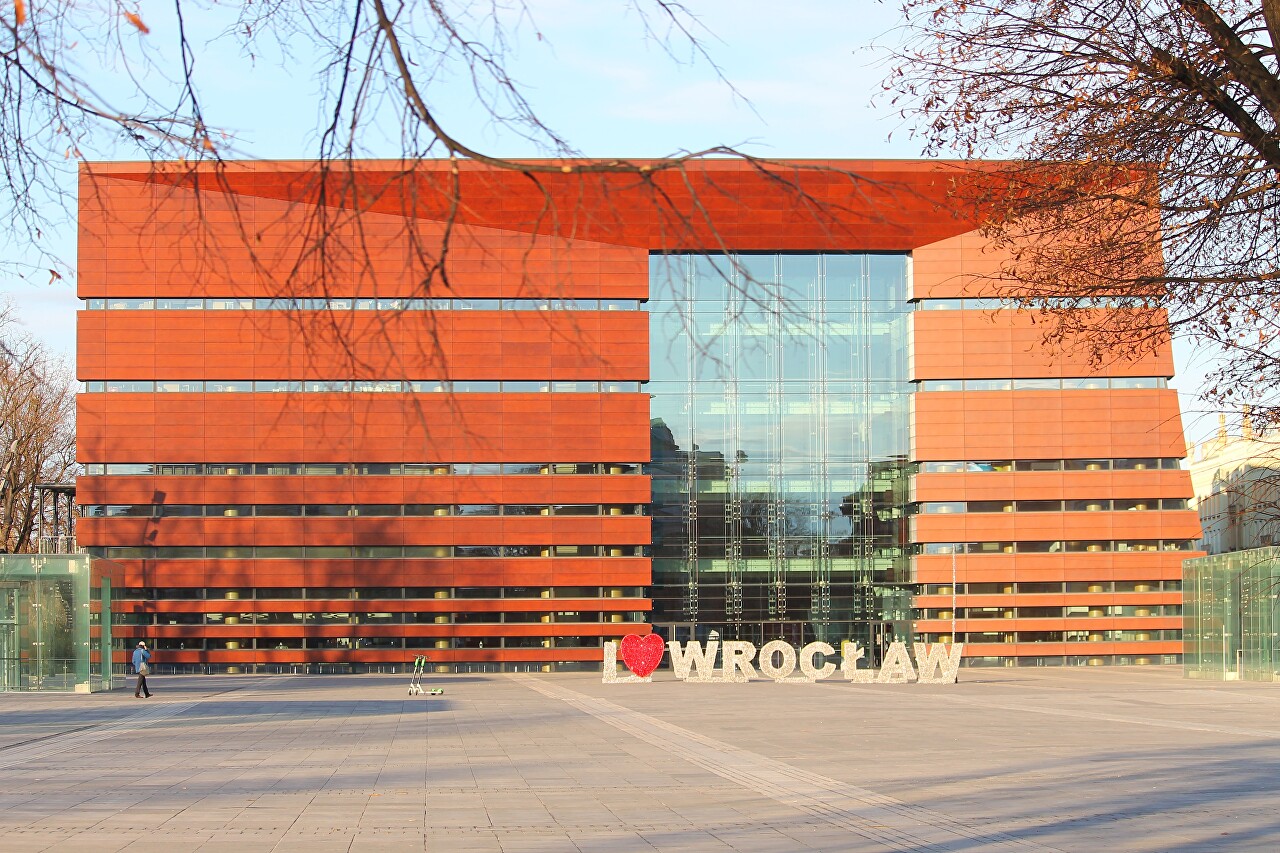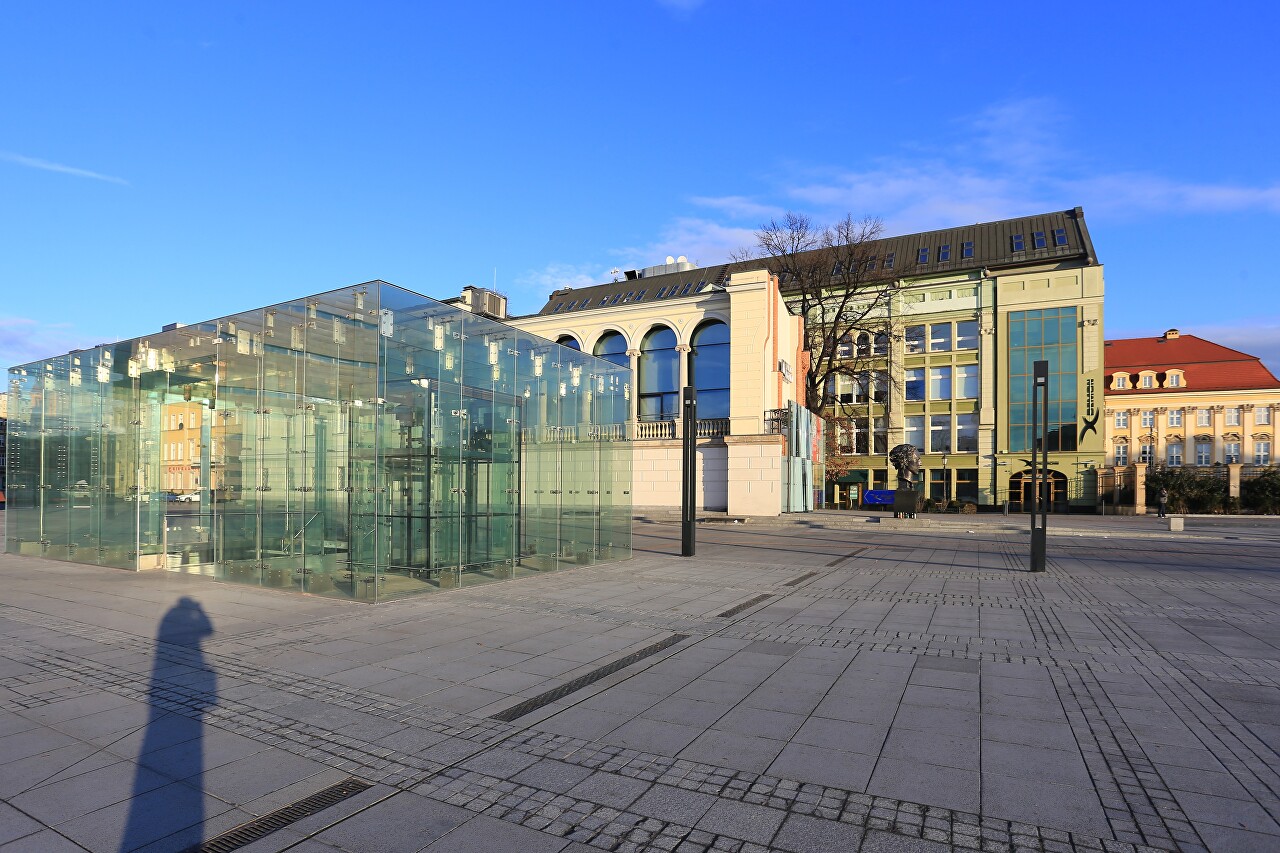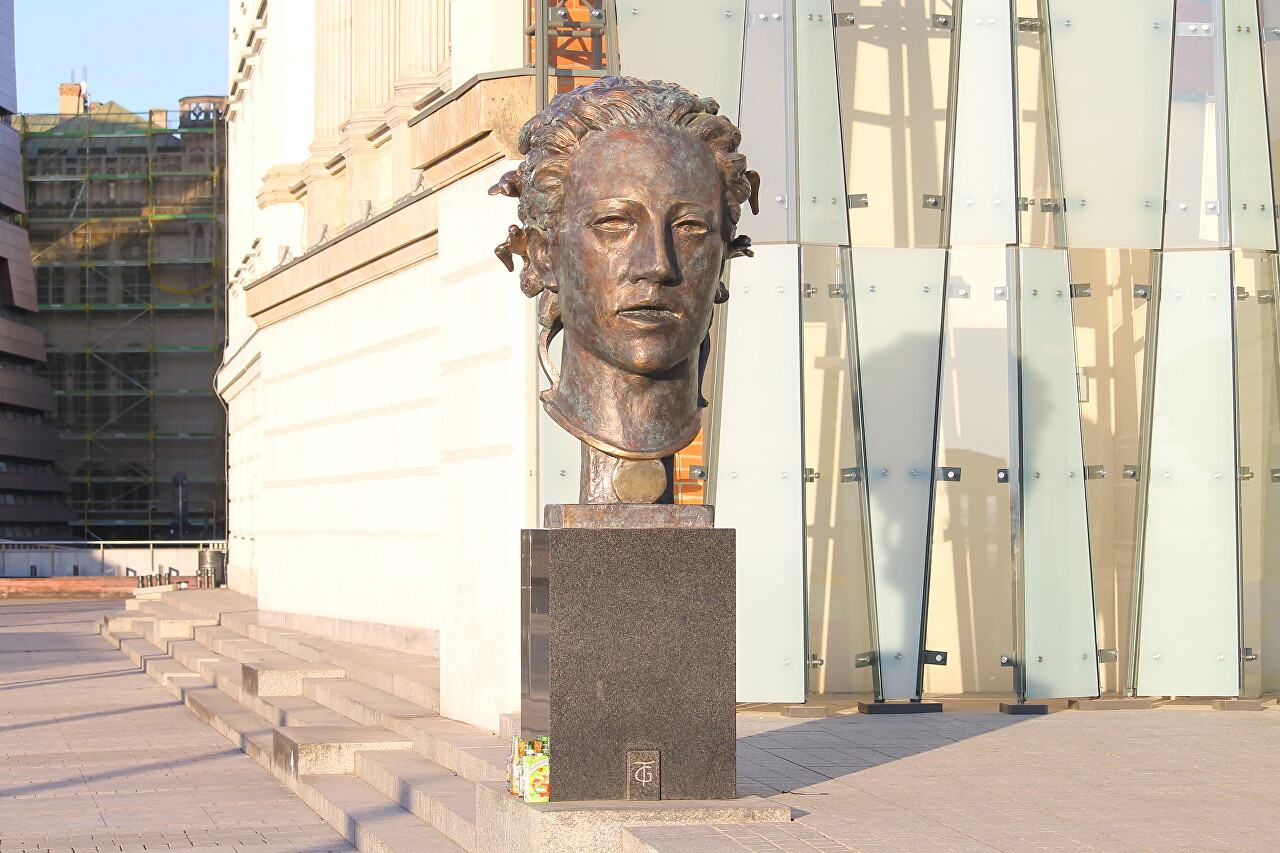Plac Wolności (Freedom Square), Wrocław
In 1750, King Frederick II the Great of Prussia purchased a mansion from Baron Spätgen, which he converted into the residence of the Prussian kings. Between the palace park and the city wall, a large square was built for parades and military drill, at that time it was known as the Exercise Square (Exerzierplatz) or the Castle Square (Schloßplatz). In 1843-1846, the royal palace was expanded so that the king could watch parades and other military performances from the windows of his bedroom and study. Civil events were also held here, in particular, in August 1911, celebrations were held in honor of the centenary of the University of Wroclaw. On May 10, 1933, the Nazis tripled the action of burning books on the square, and in 1938, a Large German Sports and Gymnastics Festival was held on the square, which was attended by Adolf Hitler. On May 26, 1945, a military parade was held on the square in honor of the victory over Germany. During the restoration of the city, a railway line was laid through the square, along which the remains of destroyed buildings were removed. In the early fifties, the square was named after the fourth President of Poland, Boleslaw Berut, then received the current name Plac Wolności. It should be said that Berut actively pursued a policy of imposing a communist regime loyal to Stalin's USSR in Poland, but after Stalin's death, he somewhat abandoned repression and rehabilitated many convicted politicians who advocated democracy in Poland. Eventually, while in Moscow attending the XX Congress of the Soviet Communist Party, he died suddenly under unknown circumstances. It is assumed that after the revelations of Stalinist terror, he committed suicide. Thus, the renaming of the square after Berut's death became a symbol of the Khrushchev thaw, which also spread to the old socialist camps. In the sixties and seventies, an annual book fair was held on the square, which was eliminated after the introduction of martial law by Yaruzelsky. After the overthrow of the communist regime, during the period of market transformations of the economy in the nineties, a spontaneous clothing market operated on the square. In the third millennium, the square became a venue for open-air concerts. A skate park was also built here, in order to save money, it was built of concrete, which immediately caused doubts about its safety. In 2005, one of the skaters crashed to his death, and the park was closed, and then demolished.

In 2007, the construction of the National Music Forum (Narodowe Forum Muzyki) began in the western part of the square, the excavation revealed the remains of ancient walls and work was suspended for three years until the end of the work of archaeologists. The Forum was opened in 2015, it has a concert hall for 1,800 people, three chamber halls, and several halls of different capacities for conferences, a library and exhibition space.

Simultaneously with the construction of the National Music Forum, an underground parking lot for 660 cars was built under Freedom Square. The entrances and elevators to the parking lot on the square are covered with glass pavilions. Fragments of ancient defensive structures were also found here: a 13th-century earthen rampart, the foundations of 14th-century towers, and the remains of 16th-century city walls. Part of this wall can now be seen in the underground car park, and the foundations of the towers are located in glass-covered chambers opposite the garden of the Royal Palace.

On March 29, 2017, the Museum of the Henryk Tomaszewski theater (Muzeum Teatru im. Henryk Tomaszewski e go) was opened in the former office building of the Royal Palace.
